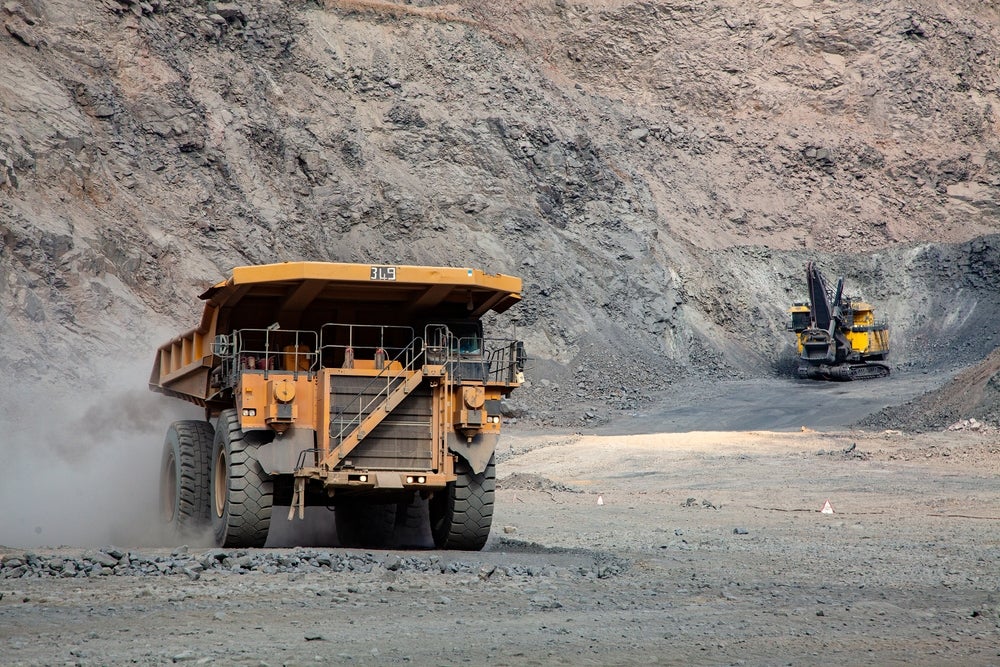
Comparing Capital and Operating Leases
Leases are usually classified as operating or capital. While the distinction is mostly irrelevant for small-ticket transactions such as leasing a car, it has important consequences in areas such as law, accountancy and tax. (Outside the US, a capital lease is most commonly referred to as “finance lease”.)
An operating lease is one where the customer – the lessee – gains access to an asset without being saddled by “risk and rewards”, such as maintenance, fiscal liability and the right to resell the asset at the end of term. Operating leases are probably what most people refer to when they think of everyday leasing transaction.
By contrast, capital or finance leases are ones where risk and rewards pass onto the lessee. A key criterion of distinction is whether the asset has any useful life left at the end of a lease contract. if a plane – one of the most commonly leased assets around the world – can still be flown after being leased to an airline for 15 years, that means the contract is an operating lease: the “reward” of being able to re-lease the asset, or sell it off on the used market, rests with the lessor – but so does the risk of its residual value being less what was originally predicted (at the onset of the contract), meaning that the lessor is stuck with a below-market-value asset.
By contrast, in capital leases the lessee will use the asset for most of its useful life, meaning that there is little to be done with it afterwards. Rolling stock are often leased by train companies on both sides of the Atlantic, but when the contract expires, there is little to be done with train locomotives or cars than decommission them.
A characteristic of capital leases is that the lessee has the option of buying the asset at the end of the contract, at a price equivalent at “fair market value”. Of course, it is possible that the lessee cannot be bothered to do so – but since “risk and rewards” rest with them, expect the original contract to include a fee if they want the lessor to dispose of the asset.
It is important to keep in mind that aspects such as useful life and fair market value are set out at the moment of signing the contract, based on a number of estimates. That is where the risk comes from – a recent example of original estimates being derailed is the diesel scandal, whose shadow has been looming on the residual value of cars.
How well do you really know your competitors?
Access the most comprehensive Company Profiles on the market, powered by GlobalData. Save hours of research. Gain competitive edge.

Thank you!
Your download email will arrive shortly
Not ready to buy yet? Download a free sample
We are confident about the unique quality of our Company Profiles. However, we want you to make the most beneficial decision for your business, so we offer a free sample that you can download by submitting the below form
By GlobalDataUntil recently, a big advantage of operating leases was that a company was able to keep them off-balance sheet: if a firm leased a fleet of cars, it did not have to report the associated cost of depreciation on its books – consequently boosting their bottom line when presenting results to investors.
However, that is set to change: the International Accounting Standards Board has designed an upcoming standard, IFRS 16, that does away with operating leases for lessees altogether. While lessors will still use the capital/operating distinction, all contracts will be capital leases in the lessee’s books – meaning that they will have to recognise risk and rewards associated to them.







